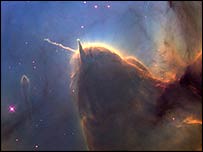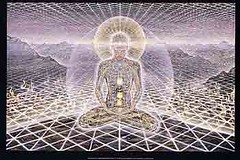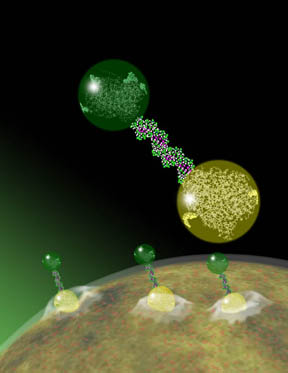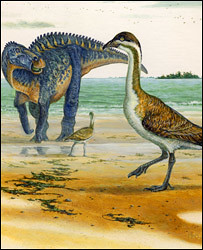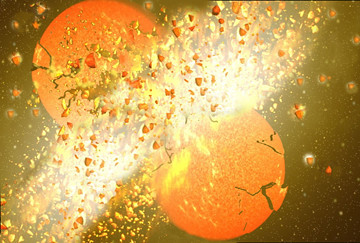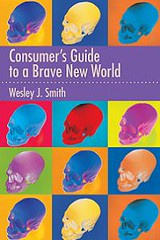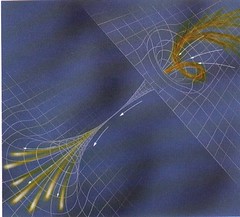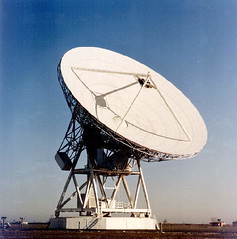Called The Great Byte Hope, the article takes a sensationalistic and cursory look into the transhumanist phenomenon. Mayer does his best to draw out the fantastical aspects of transhumanism--undoubtedly his way of drawing a knowing and condescending nod from his readers. This is, quite unfortunately, a common angle taken these days from the left-of-center media.
Indeed, it's convenient to point to the movement and ridicule its advocates as being nothing more than a bunch of geeks who dream of becoming robots; that's an easy article to write and sell. Moreover, as far as the technophobic left is concerned these days, it's actually quite fun to poke ridicule at those who are naïve enough to consider the more radical benefits that technology may bring.
That being said, the article wasn't a total write-off. At this stage in the game, any publicity is good publicity; I do think that dialogue is the important thing these days. And by bringing up the nature of the bioconservative argument, I hope readers gain some insight into the issues by looking at the dichotomy.
And to be fair, in his conclusion, Mayer does convey the growing sentiment amongst left-progressives about the need to deal with the inequality problem:
Transhumanists, like any social movement, would love to be proven right. Whether or not that happens, at this point in time, they’d simply like to engage their critics in debate. They are for the most part empathetic people who are as opposed to inequality as some of their most zealous opponents. “We need to make sure that the benefits of new technological opportunities are made available to everyone and not restricted to the privileged few,” says Bostrom. “Rather than just hope that this will happen automatically, we need to work to make it happen.”At any rate, read the article and judge for yourself, and feel free to provide me with your feedback.


